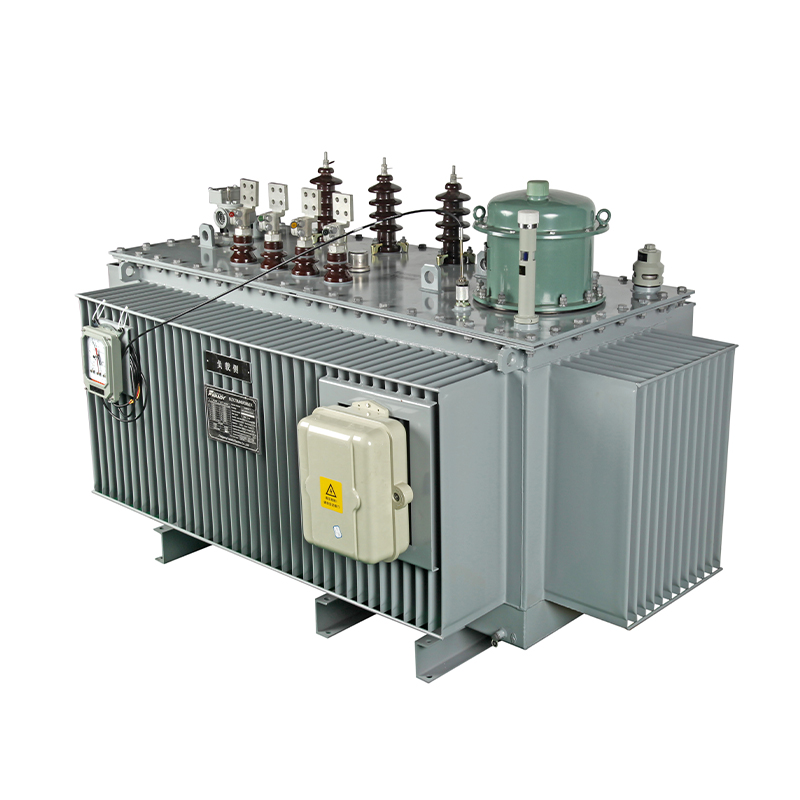Insulation performance and safety evaluation of stepper voltage regulator

Insulation performance and safety evaluation of stepper voltage regulator
1、 Insulation performance evaluation
1. Selection of insulation materials: The insulation performance of a stepper voltage regulator first depends on the insulation material used. High quality insulation materials can effectively prevent current leakage and improve equipment safety. Therefore, when choosing a stepper voltage regulator, attention should be paid to the quality and performance of its insulation material.
2. Design of insulation layer: In addition to material selection, the design of insulation layer is also a key factor affecting insulation performance. Reasonable insulation layer design can effectively isolate different potentials in the circuit and prevent leakage caused by potential differences. Meanwhile, the thickness and uniformity of the insulation layer also need to be strictly controlled to ensure its ability to withstand voltage.
3. Leakage current detection: Leakage current is one of the important indicators for measuring insulation performance. By detecting the magnitude of leakage current, it is possible to determine whether there are defects or aging phenomena in the insulation layer. For stepper voltage regulators, regular leakage current testing should be conducted to ensure that their insulation performance is in good condition.
2、 Security assessment
1. Overload protection capability: Stepper voltage regulators should have overload protection function to prevent equipment damage or safety accidents caused by excessive load. The overload protection function can automatically cut off the power or reduce the output voltage when the current exceeds the set value, thereby protecting equipment and personal safety.
2. Voltage endurance: The stepper voltage regulator should be able to withstand the highest voltage under normal operating conditions and ensure that no breakdown or leakage occurs at this voltage. Voltage endurance testing is one of the important means to evaluate the safety of stepper voltage regulators.
3. Temperature stability: The stepper voltage regulator generates a certain amount of heat during operation. If the heat dissipation is poor or the temperature is too high, it may affect the performance and safety of the equipment. Therefore, it is necessary to pay attention to the temperature stability of the equipment to ensure that it does not overheat under normal working conditions.
4. Electromagnetic compatibility: Stepper voltage regulators should have good electromagnetic compatibility to avoid equipment failure or performance degradation caused by electromagnetic interference. Electromagnetic compatibility testing can evaluate the stability and safety of equipment in complex electromagnetic environments.
In summary, the insulation performance and safety evaluation of stepper voltage regulators need to be considered and tested from multiple aspects. When selecting and using a stepper voltage regulator, key indicators such as insulation material, design, and leakage current should be considered, and safety testing and inspection should be conducted regularly to ensure the normal operation of the equipment and personal safety.
Relate Products
Relatenews
- Step Voltage Regulators: Key Specifications to Know 2025-09-05 15:31:00
- The Future of Step Voltage Regulators in Smart Grids 2025-08-25 08:16:00
- Efficiency Metrics for Step Voltage Regulators 2025-07-19 08:45:00
- Step Voltage Regulators: Addressing Voltage Flicker in Welding Operations 2025-07-08 17:49:00
- Application and Challenges of step voltage regulator in Ocean Engineering 2024-12-26 15:41:41
- Seismic performance evaluation and reinforcement suggestions for step voltage regulator 2024-12-26 15:41:39
- Compact Design and Space Optimization Scheme of step voltage regulator 2024-12-26 15:41:38
- Discussion on the Integration of Intelligent Manufacturing and Industrial Internet of Step by step voltage regulator 2024-12-26 15:41:37





